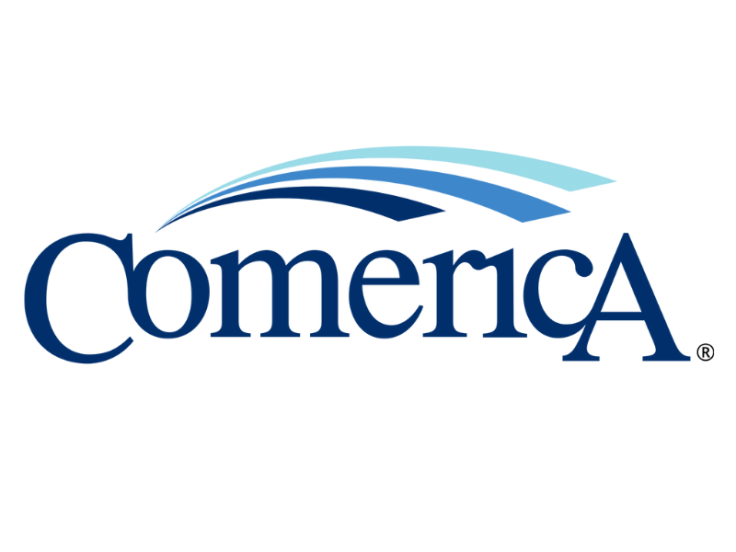Fifth Third Bank Buys Comerica: What the $10.9 Billion Deal Really Means for US Banking and Your Money
Fifth Third will issue 1.8663 shares for each Comerica share in $10.9 billion transaction

The map of America's regional banking sector is being redrawn. In a landmark, all-stock transaction valued at $10.9 billion, Fifth Third Bancorp has officially agreed to acquire Comerica Inc. The deal, announced on 6 October 2025, is more than a simple merger; it is a strategic push for scale that will combine complementary strengths and geographic reach, creating what is expected to become the ninth-largest bank in the U.S. by assets.
Deal Structure and Shareholder Terms
Under the terms of the agreement, Comerica shareholders will receive 1.8663 shares of Fifth Third for each share of their own. This values Comerica at approximately $82.88 per share, representing a premium of roughly 20 per cent over its recent trading average. After the transaction is complete, Fifth Third shareholders will own about 73 per cent of the combined company, with Comerica shareholders holding the remaining 27 per cent.
The merger is scheduled to close by the first quarter of 2026, pending the necessary regulatory and shareholder approvals. In the new leadership structure, Curt Farmer, Comerica's current CEO, will become Vice Chair, and Peter Sefzik, Comerica's chief banking officer, will lead the combined entity's wealth and asset management segment.
Strategic Rationale: Geography, Synergies, and Growth
The strategic logic behind the merger is geographically compelling. Fifth Third, headquartered in Cincinnati, has long maintained its strength in the Midwest. Comerica, by contrast, has a strong presence in the key states of Texas, California, Michigan, Florida, and Arizona.
This merger offers Fifth Third an instant footprint in high-growth Sun Belt markets, allowing it to tap into dynamic, expanding economies. In return, Comerica gains access to Fifth Third's robust digital banking platforms, extensive retail operations, and substantial deposit base.
Executives project that the combined entity will operate in 17 of the 20 fastest-growing U.S. metro areas. They also expect to harness two recurring high-fee businesses: Commercial Payments and Wealth & Asset Management, each projected to generate over $1 billion in revenue. The merger is anticipated to be earnings accretive, promising significant cost synergies through operational efficiencies and the consolidation of overlapping functions.

Market Reaction and Sector Implications
According to reporting from CNN, investors greeted the announcement with a surge in Comerica stock, which jumped by approximately 11 to 14 per cent on the news, while Fifth Third's shares slipped slightly, reflecting the dilution effect of issuing new shares. The premium offered to Comerica was generally viewed as fair, given the strategic value it brings to the new entity.
More broadly, the merger signals continuing momentum in regional banking consolidation. This trend is driven by the struggle of mid-size banks to compete with national giants and navigate economic uncertainty. Many analysts see such moves as a necessary defensive posture to attain scale, diversify revenue streams, and absorb mounting regulatory burdens more effectively, suggesting a sector-wide evolution toward fewer, larger regional players.
Risks and Integration Challenges
While the strategic logic is clear, unlocking the deal's full value depends entirely on a successful integration. Analysts caution that significant challenges lie ahead in merging disparate IT systems, branch networks, corporate cultures, and regulatory compliance frameworks. Any misstep could erode customer confidence and lead to costly overruns.
Regulatory scrutiny will also be intense, as officials assess the merger's impact on market competition, credit access for consumers and small businesses, and community banking obligations. Furthermore, the risk of branch overlap and staff redundancies could draw backlash from local markets and employees, complicating an already delicate transition.
Final Word
If executed well, the Fifth Third-Comerica tie-up could reshape U.S. regional banking by creating a formidable coast-to-coast franchise rooted in both consumer and commercial banking strengths. However, the success of this bold bet will depend not just on strategy but on disciplined execution, careful regulatory navigation, and maintaining the goodwill of communities deeply tied to both legacy brands.
© Copyright IBTimes 2025. All rights reserved.





















